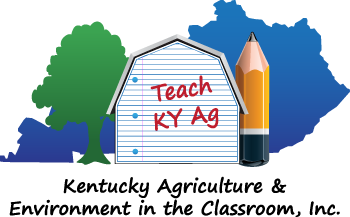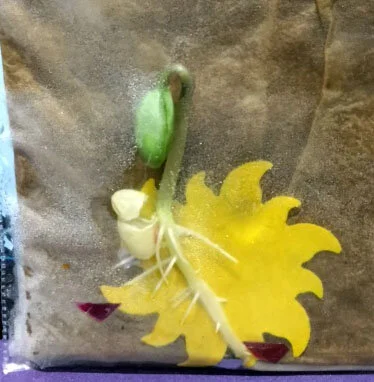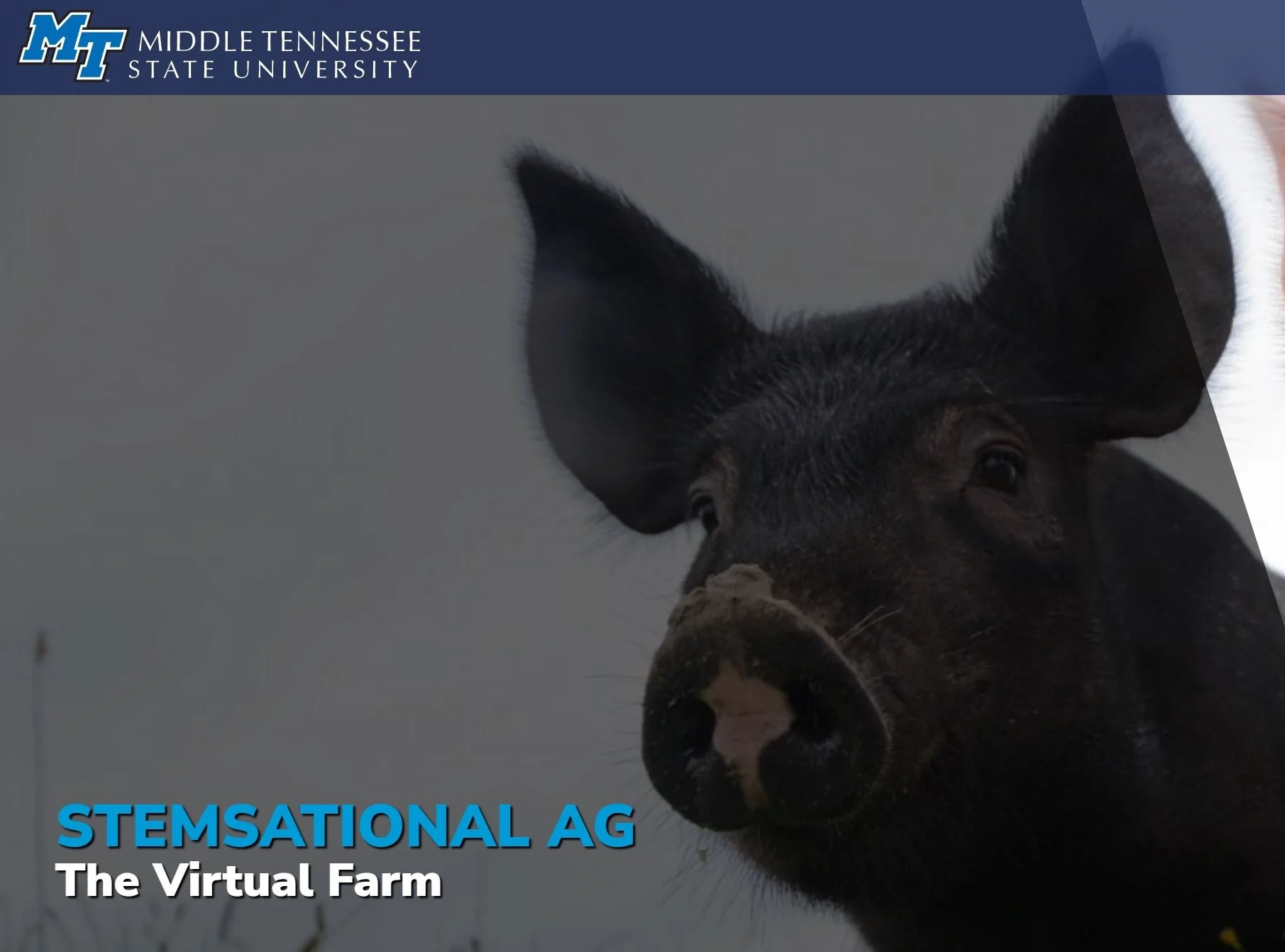Grades K-3: In this lesson, students will model what a seed needs to germinate and a plant needs to survive by creating a wearable mini greenhouse. Modifications of this lesson are provided for the different grade level NGSS.
Read MoreHave students learn all about poinsettias, their unique parts, and their role in holiday traditions. A coloring page is included.
Read MoreMATH: There are four versions of this worksheet: Counting/Number ID, Simple Addition and Subtraction to 6, Multiplication, and Fraction Conversion.
Read MoreFind simplified data sheets, maps, and charts with comprehension questions for Kentucky agriculture for all grade levels.
Read MoreStudents will understand that basic economic concepts are important for consumer decision-making, learn consumer decisions are influenced by economic and social factors, learn values have a role in making consumer decisions. Other concepts include needs vs wants, opportunity cost, prices, and food scarcity/hunger.
Read MoreIncubating and hatching eggs in the classroom is a great way to teach students about animal life cycles and needs of living things. Here are several resources to help you do this successfully.
Read MoreThese are great pre or post-assessment worksheets for our Kentucky Farms Feed Me Virtual Field Trip Series or when using the Linking Farm to Table game.
Read MorePrimary: Students will use their senses to evaluate different types of apples and select their favorite. Students will write an opinion piece with supporting reasons, and students will develop a bar chart to report results.
Read MorePRIMARY & INTERMEDIATE SCIENCE: Find different versions of our chicken life cycle worksheet and a Google Classroom version that can be digitally manipulated.
Read MoreALL GRADE LEVELS - ART or introduction to genetic traits - Students will either use a dice or their own characteristics to create a unique chicken.
Read MoreWhere does our food and clothing come from? There’s a lot more to Agriculture, the system that provides us with crops we eat and fibers we use to make clothing, than most people are aware of. Students will learn about this amazing modern industry with roots that stretch back to the beginning of civilization through the Modules and Units that cover a wide range of topics. Everyone is sure to learn something new!
Read MoreLearn the life cycle, jobs, and communication skills of honey bees!
Read MorePrimary: Students will learn the needs, structures, and habitats of beef cattle in Kentucky. This is a great companion activity to the Kentucky Farms Feed Me Virtual Field Trip to a beef cattle farm.
Read MoreStudents will have fun with these grade-level appropriate math activities using apples.
Read MorePrimary: Students will construct a diagram of an apple tree’s life cycle and learn the importance of pollinators.
Read MorePrimary: Students will learn how their Kentucky communities provide their basic needs, and how and where we acquire those needs with a strong focus on food.
Read MorePrimary - Students will identify how the basic needs of a growing chick are met during egg incubation. Activities include identifying and diagramming the parts of an egg and hatching eggs in class.
Read MoreGrades: Primary (K & 3 Standards). Students will compare the needs of a pig and humans and learn how farmers keep them comfortable in all environments.
Read MoreThis activity meets Kindergarten Common Core Math standards and can be used as a cutting assessment, but it’s a fun activity for any age.
Read MoreJoin Kylie as she visits Sisk Farms in Hopkinsville to learn about corn. Kylie also talked with Dr. Chad Lee, an agronomist, with the University of Kentucky.
Read More




















